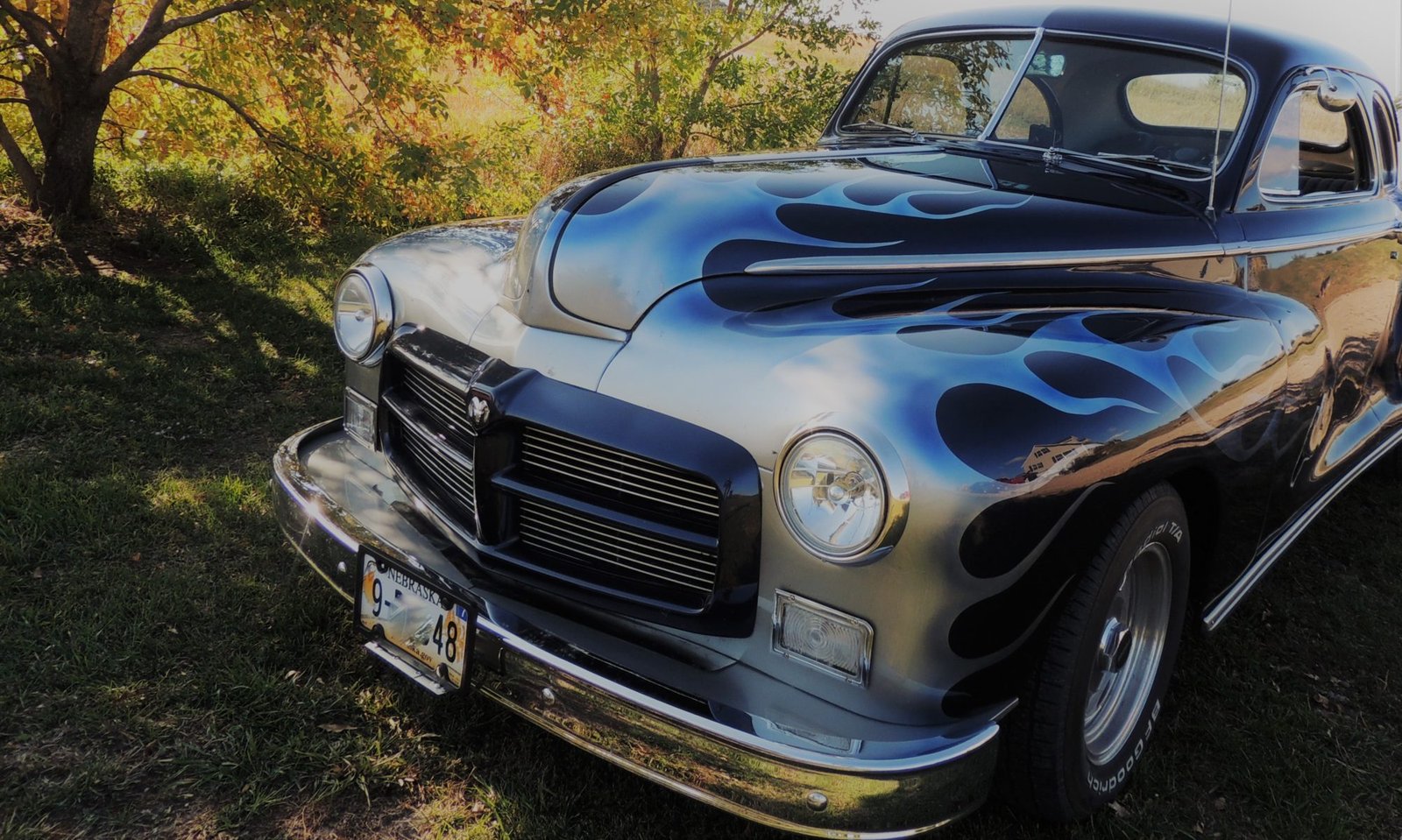Long before online ordering, one catalog that was indispensable to every car guy was the one that came from J.C. Whitney. The roots of the company go all the way back to a Chicago scrap metal yard started in 1915 by Lithuanian immigrant Israel Warshawsky, so this company has been enabling automotive junkies for over one hundred years. This advertisement is from 1927:

By the 1940s the business was using the name J.C. Whitney, and Warshawsky’s son, Roy, took over and expanded the company. I found a newspaper story from the 1970s that said Roy Warshawsky just “made up” the name J.C. Whitney and didn’t even recall why he chose it. The story went on to say that when people would call and ask to speak to the “boss,” meaning J.C. Whitney, the phone operators were known to maintain the illusion by replying, “Mr. Whitney is in Europe.”
I recently got my hands on a 1956 J.C. Whitney catalog, and it was a blast to look through:

As I thumbed through the fragile pages, I saw things that I did not even know were an option such as plaid convertible tops . . . .

. . . and hat racks.

You frequently see vintage bug deflectors for sale online and at swap meets, and there were many variations of these listed in the catalog:


There was also a variety of ways to achieve the look of white wall tires without actually shelling out the dough, including the rings seen below and a paint kit called White Wall Wonder.



It looks like vintage J.C. Whitney catalogs are currently going for $10-30 apiece online, so it might be time to drag yours out the attic!










































































